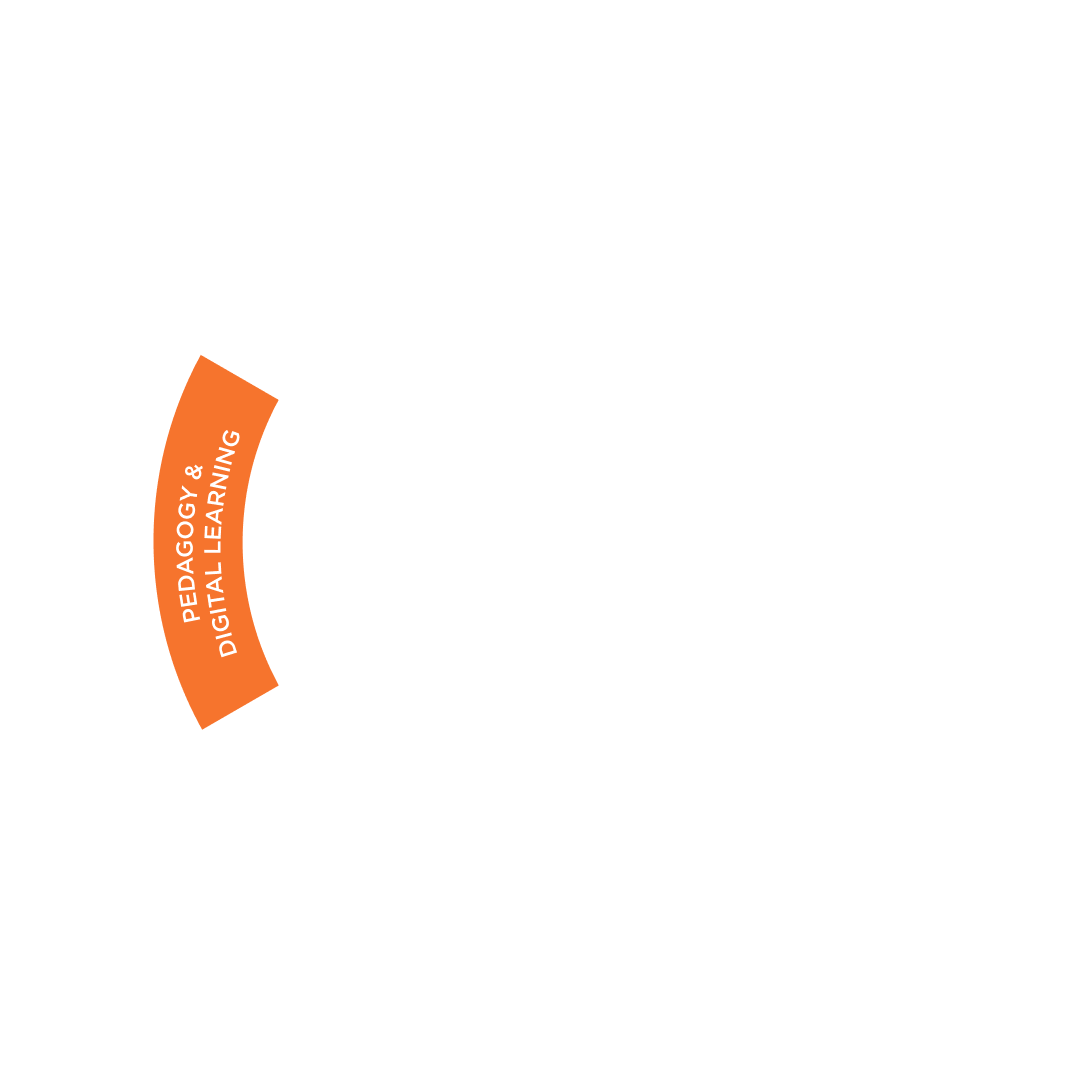Improving student outcomes in core disciplines at Arizona State University through Adaptive-Active Hybrid courses


Challenge
How might we help faculty re-design high DFW courses using adaptive learning and other methods in order to improve student outcomes?
Strategy
Two-pronged effort:
- Changed the instruction model with adaptive tools to support learning both inside and outside the classroom (e.g., receiving content prior to class, adapted using technologies and algorithms that allow students to proceed at different speeds and learn in different ways; in class, responding to the material in active learning sessions); implemented this approach in core first-year courses (e.g., math, chemistry, biology) where pass rates correlated with retention
- Developed plans to scale this approach and roll out more Adaptive-Active Hybrid courses over the following three years to 15-30 courses in order to benefit a larger number of students, particularly for courses where: poor pass rates are correlated with low retention, current performance is preventing students continuing on in their majors (currently in development are courses in economics, psychology, history, and math; planned or proposed in the future are courses in science, engineering, accounting, business statistics, and calculus)
Outcome
Over the past five years, nearly 48,000 students have been enrolled in adaptive learning courses. ASU estimates the ongoing rollout of Adaptive-Active Hybrid courses—which requires investments in building additional courses and classrooms set up for the adaptive model of teaching, as well as in hiring additional Learning Technologists to assist faculty transition to adaptive models—will reach the vast majority of students. ASU’s intent is to ensure that 75% of undergraduate students are helped to master competencies and improve success in key courses that affect retention and continuation in a major. A couple notable examples thus far:
- Increased success rate in Math 110 from 66% in Fall 2009 (pre-adaptive) to 85% in Fall 2015 (post-adaptive)
- Greater improvements in pre- versus post-test scores in adaptive versus lecture courses such as Chemistry 101 and Biology 100
Ready to take action?
Brainstorming prompts for you and your team to consider
Learn more about pedagogy & digital learning from our research
Institution

Enrollment
63,124
Pell Recipients
34%
Students of Color
47%
Net cost of Attendance
$31,449 (in-state)
